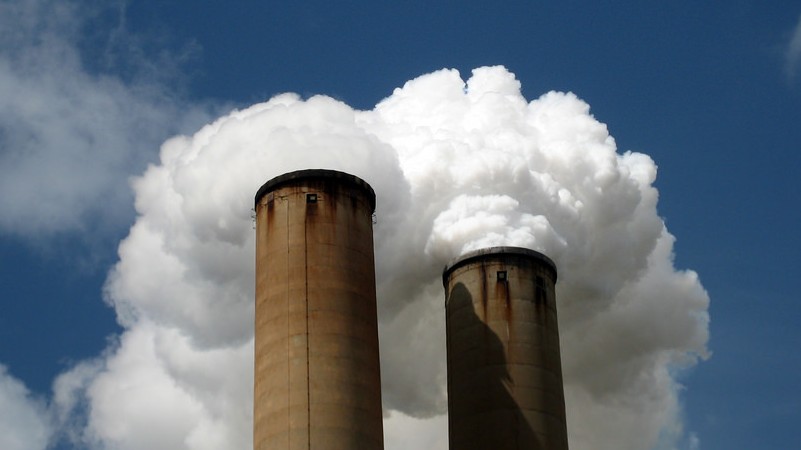The US has recorded its lowest energy-related CO2 emissions for the first six months of any year since 1991, according to the Energy Information Administration (EIA).
Total emissions fell to 2.53bn metric tons as mild weather and a shift toward renewable energy combined to quash coal consumption. The US energy sector is projected to achieve its lowest annual emissions since 1992 by the time the year is out.
This decline is happening while the US economy continues to grow, albeit slowly. It adds to mounting evidence that carbon emissions are no longer a prerequisite for economic expansion.

Source: EIA
Compared with the first six months of 2015, petroleum use ticked up by 1% as the continued low oil price encouraged drivers to be less frugal. This was balanced by a 1% decrease in the use of natural gas. But petroleum produces more CO2 than gas so the result was a net increase in pollution.
However the major change in the US energy mix continues to be the simultaneous decline of coal and rise of renewable energy. In the first six months of 2016, the US burned 18% less coal than the year before.
Coal has been subjected to increasingly strict environmental regulation by president Barack Obama’s administration since 2009. This has lead to the closure of plants across the country, particularly in Ohio, Georgia, and Kentucky. Last year alone almost 5% of the nation’s coal power stations were retired.

Source: EIA
The US’ key policy initiative to tackle climate change is the Clean Power Plan, which aims to reduce emissions from the power sector by 32% below 2005 levels by 2030. Wednesday’s new information indicates the arrow is bending in the right direction.
Obama’s policies have lead to attacks from the Republican nominee for president, Donald Trump, who claims the president has declared “war on coal”. But experts believe the decline of coal has as much to do with the renewables boom as it does regulatory measures.
According to the EIA, renewable energy consumption increased by 9% from last year, piling on to the coal industry’s woes. This was mainly due to the explosive growth of wind energy.
These factors were complimented by a warm winter. The US experienced a record low number of days when heating was required during early 2016. This meant primary energy consumption dropped by 2%.
